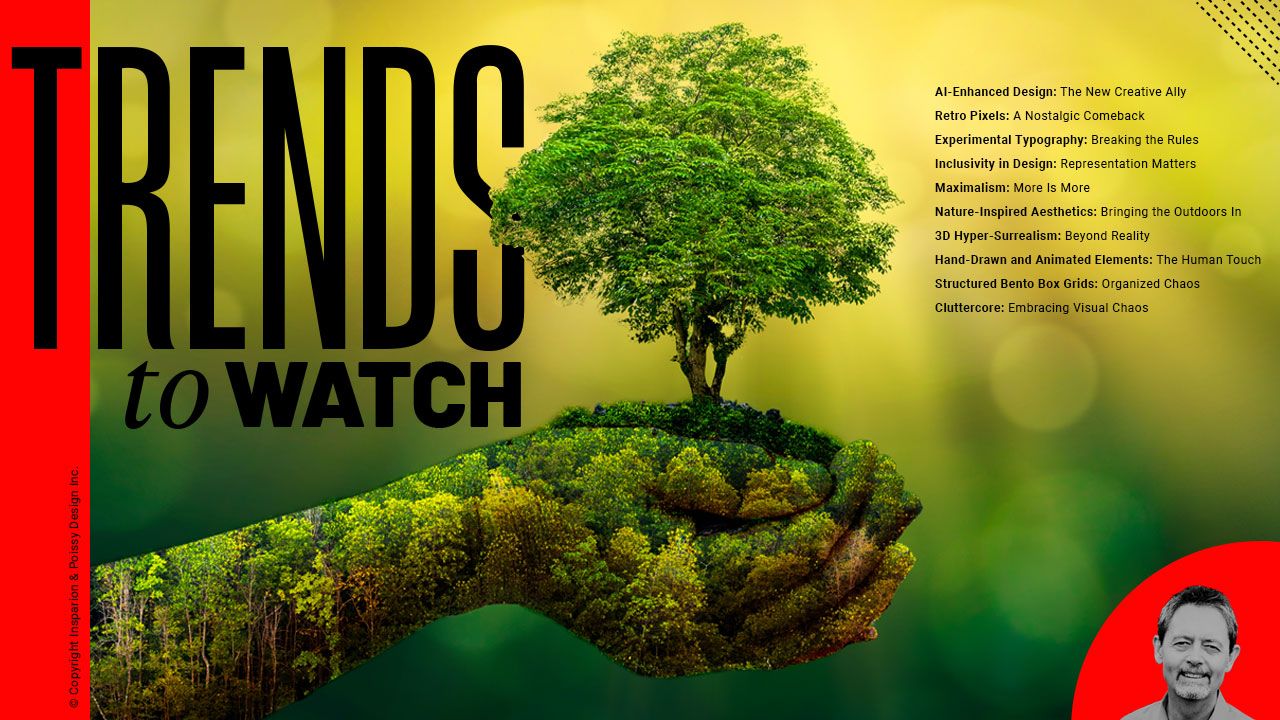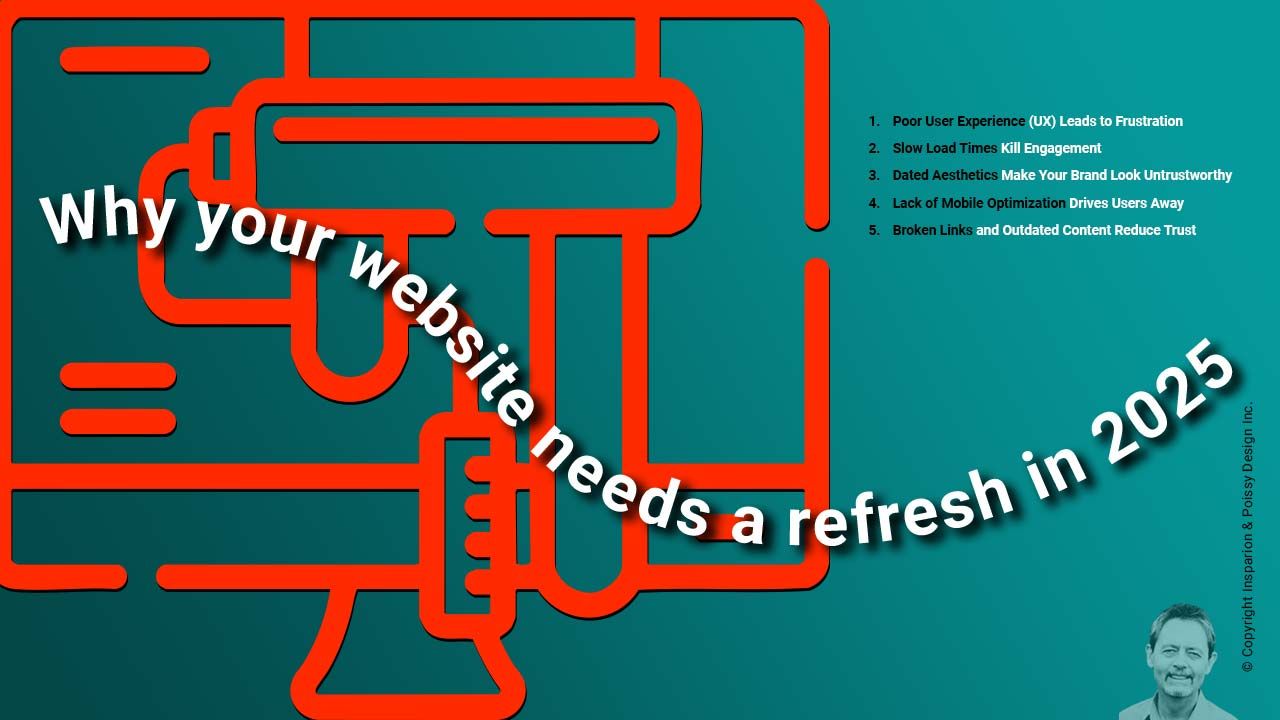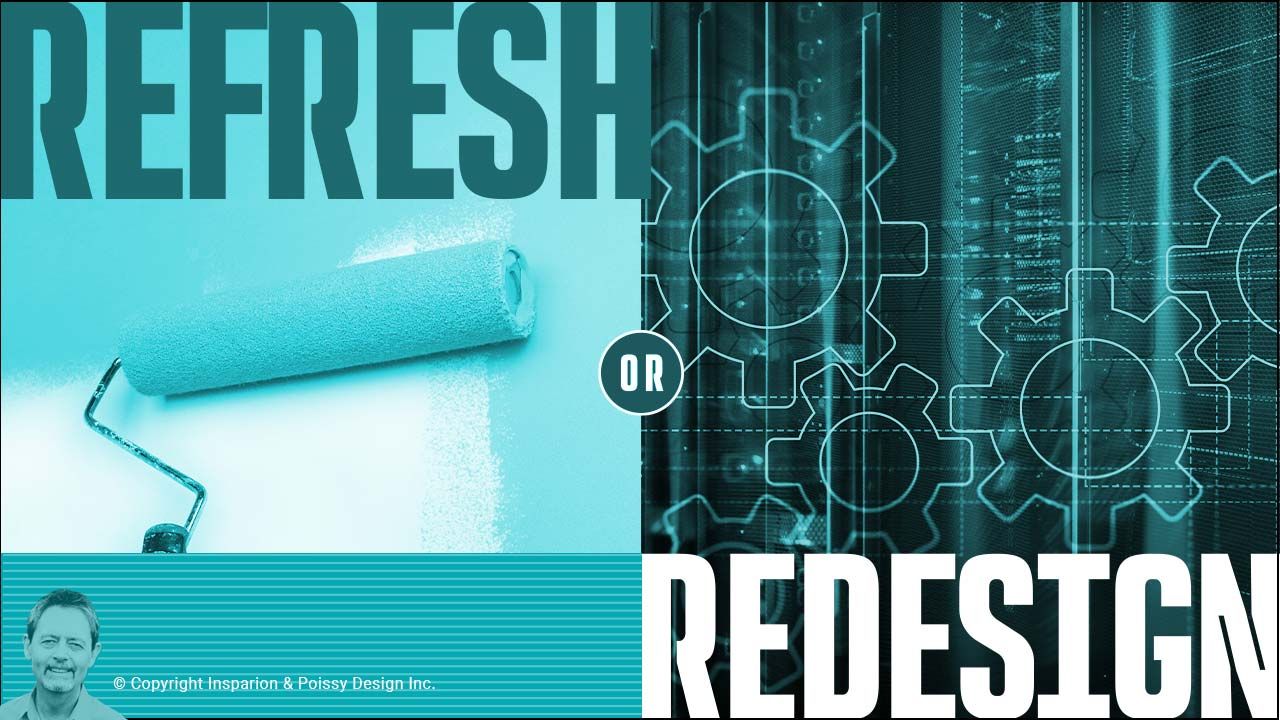
Graphic Design Trends to Watch in 2025: Innovation Meets Nostalgia
Nov 28, 2024The world of graphic design is constantly evolving, and 2025 will not be an exception. This year, designers are embracing advanced technologies like AI while also paying homage to nostalgic aesthetics, blending the futuristic with the familiar. This article will explore critical industry trends and offer insights into how these trends transform visual communication.
AI-Enhanced Design: The New Creative Ally
Artificial Intelligence (AI) has moved from a futuristic concept to an integral part of the designer's toolkit. Tools such as Adobe Sensei and automated design platforms enhance workflows, streamline repetitive tasks, and provide intelligent suggestions for colour palettes, layouts, and typography. AI tools are revolutionizing the way designers approach projects, enabling more focus on creative storytelling and innovation【1】【2】.
For example, automated asset resizing and background removal are now breezes, thanks to AI-powered features. These tools also become creative collaborators, helping generate mood boards or complete infographics based on input data. Rather than replacing designers, AI acts as a co-pilot, amplifying creativity and efficiency.
Retro Pixels: A Nostalgic Comeback
Retro aesthetics, particularly pixel art, have resurfaced as a dominant trend. This style brings the charm of 8-bit graphics from the early days of video gaming into modern designs, blending nostalgia with contemporary appeal. Companies like Pizza Hut and Lacoste have embraced this trend through collaborations that reimagine their branding with pixelated visuals【2】【3】.
Pixel art's simplicity and vibrant appeal resonate across generations. It reminds us that effective design doesn't always require complex visuals — sometimes, the charm lies in embracing limitations.
Experimental Typography: Breaking the Rules
Typography is undergoing a renaissance in 2024, with designers pushing boundaries through experimental layouts and bold contrasts. From asymmetrical designs to exaggerated letterforms, typography is becoming more than just a medium for conveying information — it's now a central design element that commands attention【1】【2】.
This trend allows designers to infuse personality into their work, challenging traditional norms and creating dynamic, unforgettable visuals. For instance, bold and oversized fonts are often paired with minimalist backgrounds to create a striking focal point.
Inclusivity in Design: Representation Matters
Representation and accessibility are at the forefront of design. The demand for inclusive visuals that reflect diverse races, genders, body types, and abilities has never been stronger. This trend is about more than just visuals—it's about connecting with audiences on a deeper level by celebrating diversity and authenticity【2】【3】.
For example, Google's updated emoji set and Scope's disability-inclusive icons are leading examples of this movement. Designers are also embracing accessibility by using high-contrast colour palettes and ensuring that individuals with visual impairments can appreciate visuals.
Maximalism: More Is More
While minimalism has dominated the design world for years, maximalism is making a bold comeback. This trend is about embracing extravagance through vibrant colours, intricate textures, and layered designs. It's a visual feast that creates an emotional connection with viewers【2】【3】.
Maximalism offers designers the freedom to experiment without constraints, allowing every element of composition to tell its own story. This approach is particularly impactful in branding and packaging, where eye-catching designs are crucial.
Nature-Inspired Aesthetics: Bringing the Outdoors In
Sustainability and environmental consciousness are driving the use of organic shapes, botanical motifs, and earthy tones. These nature-inspired designs evoke calm, balance, and connection to the natural world. They're increasingly popular in industries like wellness, food, and lifestyle【2】.
Designers are also incorporating recycled textures and eco-friendly themes into packaging, emphasizing a commitment to sustainability. This trend aligns with growing consumer awareness around environmental issues.
3D Hyper-Surrealism: Beyond Reality
Advancements in 3D rendering are paving the way for hyper-surrealistic visuals. This trend merges realistic textures with imaginative, dream-like elements, creating both lifelike and fantastical visuals. From immersive branding experiences to interactive websites, 3D hyper-surrealism pushes the boundaries of what's possible【3】.
Inflatable 3D elements and surreal landscapes are particularly popular. These designs offer a unique blend of art and technology, perfect for capturing attention in competitive digital spaces.
Hand-Drawn and Animated Elements: The Human Touch
The resurgence of hand-drawn illustrations and animations adds an artisanal quality to designs. These elements evoke authenticity and creativity, contrasting with the precision of digital tools. They're often used in branding, marketing, and storytelling to create a personal connection with audiences【1】【3】.
Hand-drawn typography and freehand illustrations are especially popular, offering a nostalgic yet contemporary aesthetic.
Structured Bento Box Grids: Organized Chaos
Inspired by Bento boxes, this grid-based design style organizes content into clean, structured layouts. This trend is particularly effective for web and app interfaces, where clarity and hierarchy are paramount【3】.
Designers can balance complexity with order using modular grids, creating visually engaging yet functional designs. This approach is ideal for projects that require a lot of content without overwhelming the viewer.
Cluttercore: Embracing Visual Chaos
Opposite to minimalist design, cluttercore embraces a busy and layered aesthetic. This trend celebrates imperfection and complexity, reflecting the vibrant messiness of real life【3】.
Designers incorporate layered elements, striking patterns, and diverse textures to craft vibrant and energetic compositions. The cluttercore trend defies traditional notions of "perfect" design, positioning itself as a bold and unapologetic expression in contemporary digital aesthetics.
Conclusion: Designing for the Future
As 2024 unfolds, graphic design embraces diverse styles that balance technological innovation with human creativity. Whether through AI-enhanced workflows, nostalgic visuals, or inclusive representation, these trends are redefining the possibilities of visual communication.
For designers, staying ahead means adopting these trends and understanding their principles. By blending the old with the new and pushing creative boundaries, the possibilities for impactful design are limitless.
If these trends inspire you and want to explore them further, check out resources from 1. Looka, 2. Venngage, and 3. Digital Synopsis for more in-depth insights.






